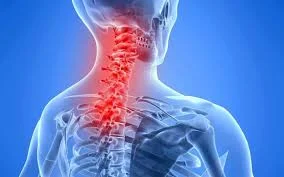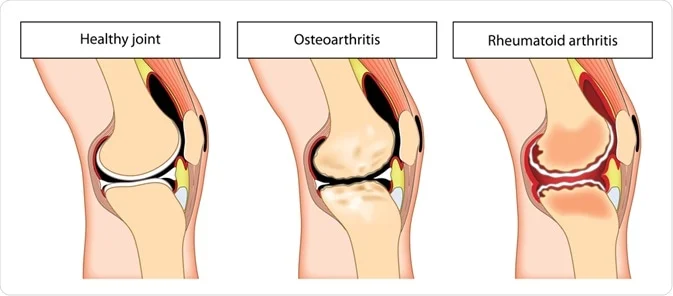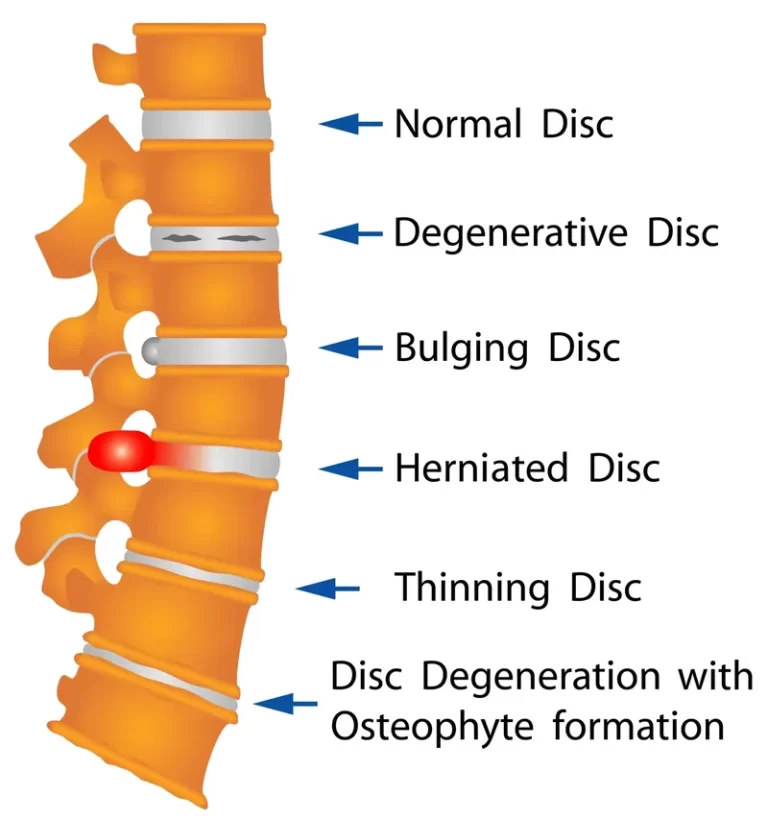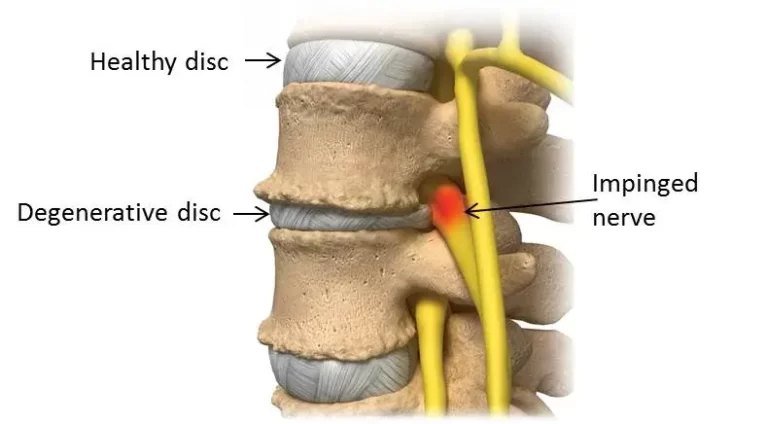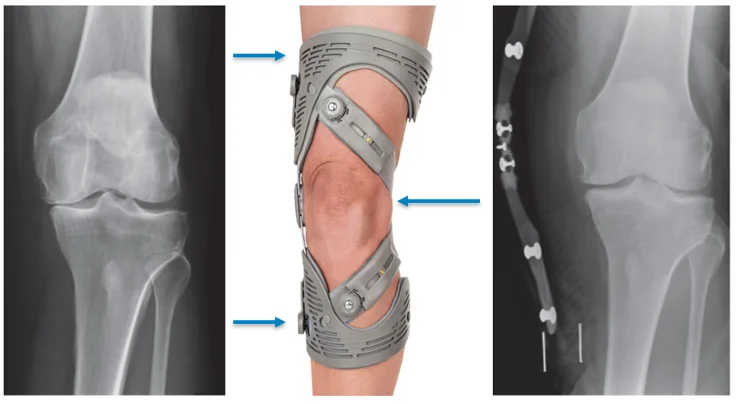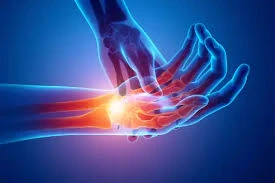How I Cured My Degenerative Disc Disease in Neck
Introduction: Dealing with degenerative disc disease in the neck can be painful and frustrating. I faced constant discomfort, limited mobility, and the fear that it might only get worse. But through a combination of targeted exercises, posture corrections, and lifestyle changes, I found relief and regained my quality of life. In this video, I’ll share…

